Amid growing concerns that repeated deployments may be burning out airmen, the Air Force is taking a hard look at who it sends overseas, whether they’re actually needed there — and if they should come home.
In a March 8 editorial board meeting with Air Force Times, Gen. Dave Goldfein, the chief of staff, said the effort to find the right balance between airmen who are deployed and airmen who are stateside has begun — in the heart of the war effort in the Middle East.
“We’ve been at this for 17 years,” Goldfein said. “It’s time now for us to take a good, hard look” at who is deploying.
Nearly 600 airmen are now downrange with the Combined Air Operations Center at Al Udeid Air Base in Qatar, said Lt. Col. Damien Pickart, spokesman for U.S. Air Forces Central Command.
In late 2017, Goldfein ordered Lt. Gen. Jeffrey Harrigian, the AFCENT commander, to conduct a review of those positions and ask, “Do I need this individual forward? Or can I do this rear, or can I eliminate this?”
It represented the first “tranche” of potential deployment reductions, Goldfein said.
When the review was done, AFCENT decided 125 of those billets — mostly mobility, logistics and communications-related jobs — could be eliminated or brought back to AFCENT headquarters at Shaw Air Force Base in South Carolina, Pickart said.
That nearly 21 percent reduction will take place over the next few months, as positions rotate in and out of the Middle East area of responsibility.
Pickart said a handful of other positions were scaled back from 365-day deployments to 179-day deployments, and the requirements were loosened on some other jobs that previously required rated officers, such as pilots, navigators, weapons systems officers or air battle managers.
“The move demonstrates AFCENT’s ability to decentralize planning and execution functions, and presents commanders greater flexibility in conducting distributed air operations in support of AOR requirements,” Pickart said.
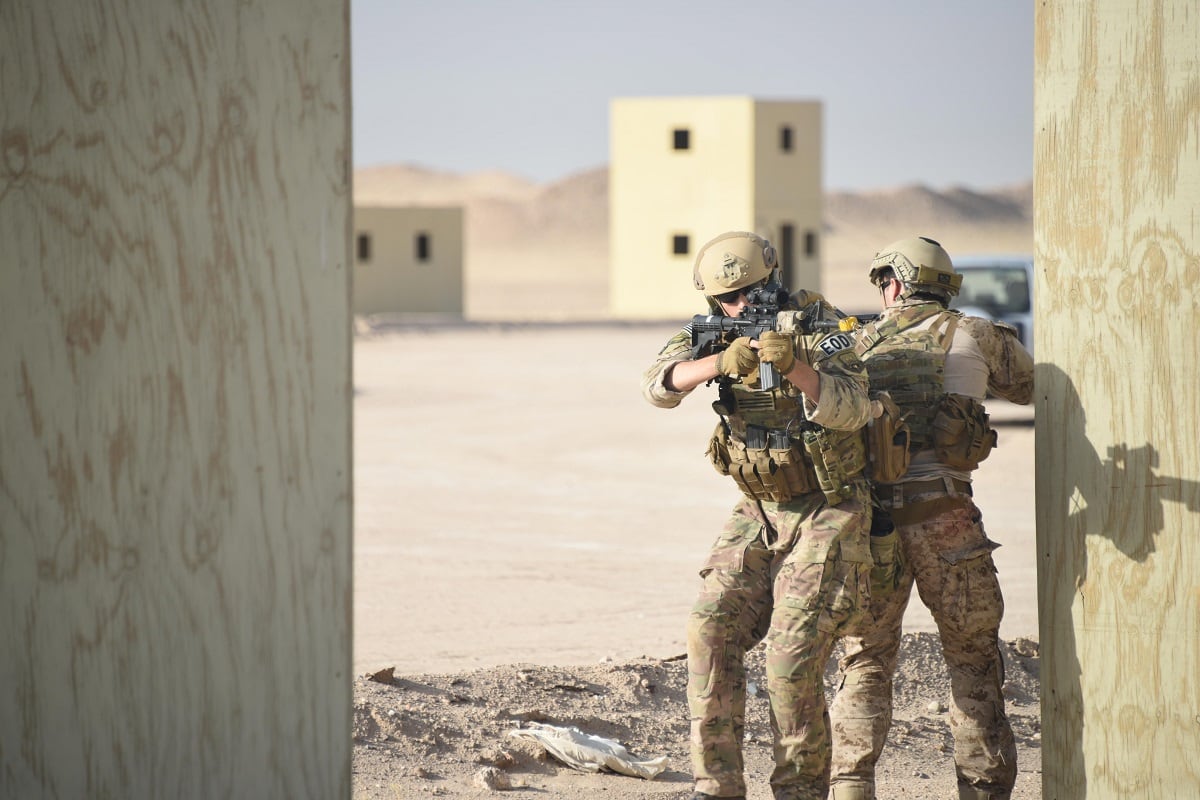
Relentless op tempo
Goldfein and Air Force Secretary Heather Wilson are increasingly sounding the alarm over the pace of deployments, and its effect on airmen who are repeatedly called upon to deploy.
Last November, Wilson discussed meeting an airman after his 17th deployment and warned, “We’re burning out our people.”
In the meeting with Air Force Times and Defense News, a sister publication, Goldfein said Marine Corps Gen. Joe Dunford, chairman of the Joint Chiefs of Staff, is leading an effort across the entire Defense Department to re-evaluate how it manages forces across the globe.
The goal is to make sure troops have enough time at home to prepare for more complex wars against advanced, near-peer adversaries that could erupt in the future, while fulfilling requirements for the wars in Afghanistan and against the Islamic State.
We’re “making sure that we’ve got the balance right between that which we do forward, and that which we must train for, to ensure that we’re ready for high-end conflict,” Goldfein said. “And so we’re looking at everyone. Within the Air Force, I’m looking at every one of the 365s, for instance, in the Middle East, and we’re reducing those. What’s the consistent deployment rate that we need to maintain to be able to also restore our readiness for the high-end fight?”
The Air Force announced in December that airmen deploying on individual taskings would be sent in teams of at least three, instead of going overseas by themselves. This is meant to reduce the strain of solo deployments, as teammates train together and support one another while deployed and when they return.
The Air Force deployed more than 84,000 airmen in 2016, which was an increase from the more than 64,600 airmen deployed in 2015.
However, the average deployment length shrank over that time.
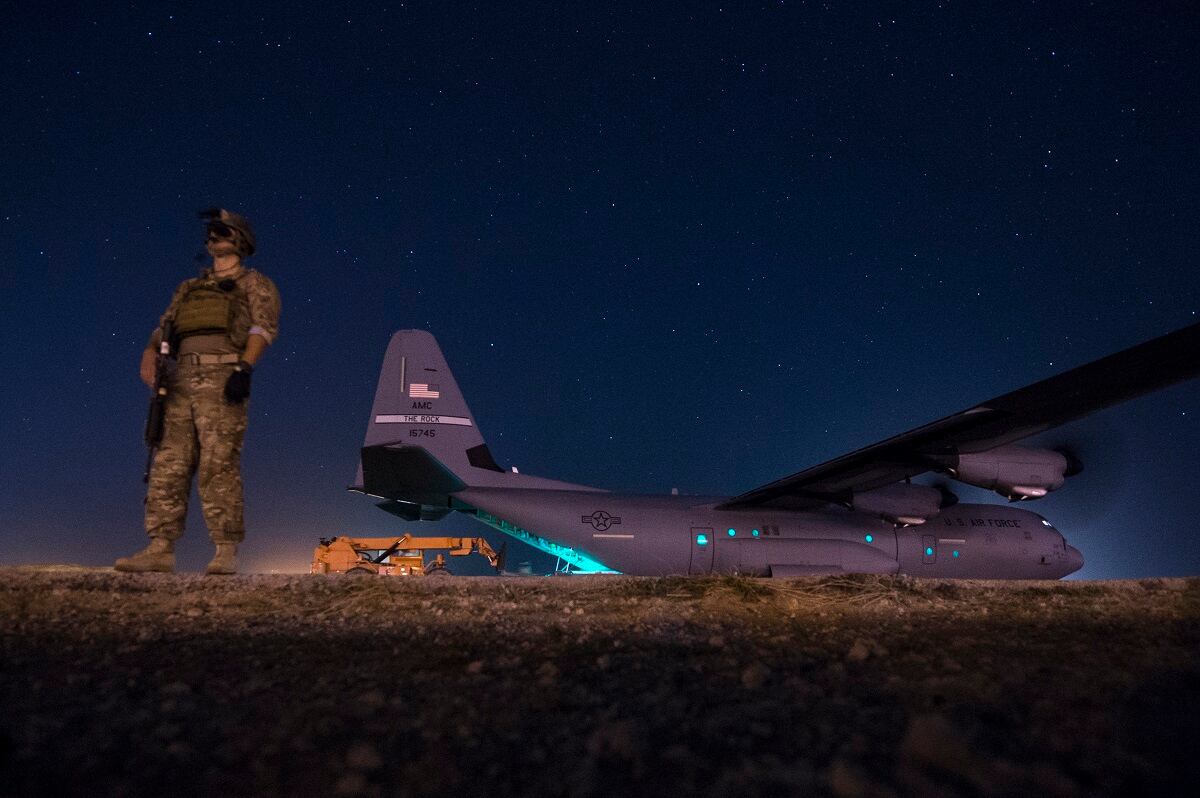
Chief Master Sergeant of the Air Force Kaleth Wright, who also sat in on the editorial board, said the Air Force is continually looking at its joint expeditionary taskings, in which airmen are assigned to Army, Navy or Marine Corps units because of their unique skill sets.
Sometimes, those airmen serve as combat controllers, tactical air control party airmen calling in airstrikes, or explosive ordnance disposal technicians.
“In many cases, I’ve talked to Army and Marine Corps officers who say their best soldier or Marine is an airman,” Wright said.
Taking care of airmen
Deployments aren’t a problem in and of themselves, Wright said.
Most airmen enjoy deploying and being in the fight, he said — maybe not for 17 times, but they like it.
So, the Air Force needs to make sure it’s supporting deploying airmen, Wright said. That could include making sure their families are cared for at home while they’re abroad, or making sure they get a good assignment after they return.
“I don’t really meet a lot of people who say, ‘Hey, I’m leaving the service because I’ve deployed too many times,’ ” Wright said. “It’s really some of the other things. [Op tempo], on the enlisted side, hasn’t had a huge impact on retention.”
Goldfein also said the Air Force’s plans to grow its end strength — the 2019 budget calls for adding 4,700 airmen across the active force, Air National Guard and Air Force Reserve — will also ease some of the pressure felt by airmen.
“Growing the size of the force is going to be really important,” Goldfein said. “We spread those deployments across every wing in the Air Force. Every wing commander has some percentage of his or her force that’s always deployed.”
Wright predicted that a new Defense Department deployment policy — under which most service members who have been non-deployable for the last 12 months will be separated — won’t affect many airmen, though he cautioned it’s too early to tell for sure.
Some airmen with medical conditions limiting what duties they can accomplish might have to meet a medical evaluation board, which could lead to their separation, Wright said.
But, Wright said, it also could prompt some airmen to get to the doctor and address lingering medical conditions.
RELATED
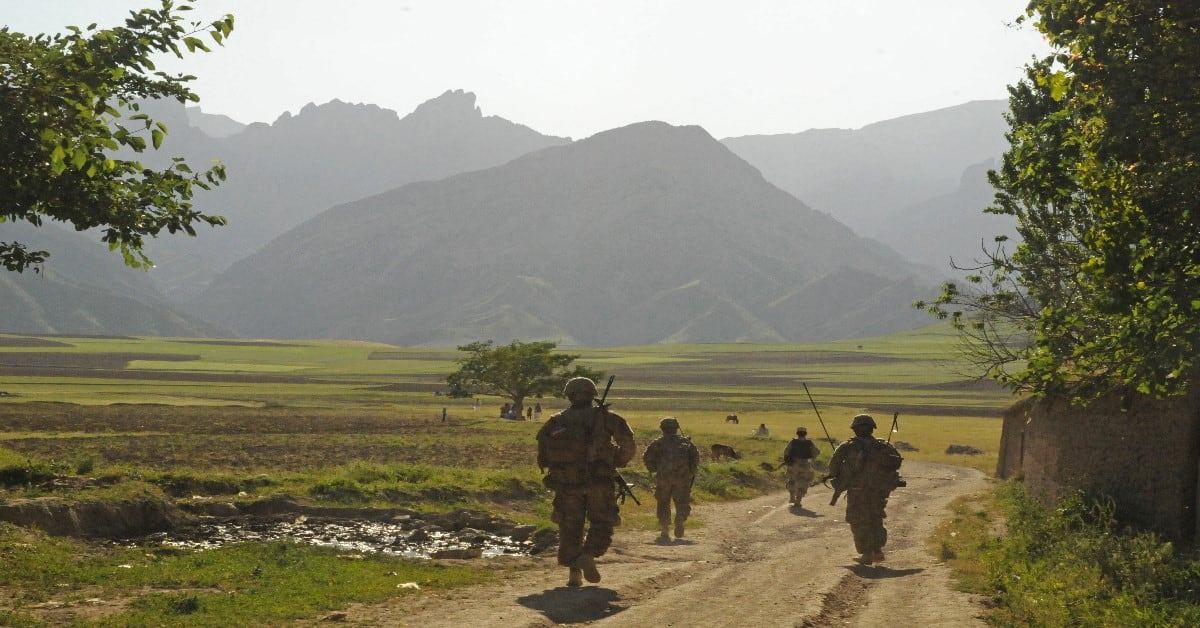
The Air Force also has a large number of airmen — such as those in space or nuclear-related jobs — who don’t have to deploy forward in the way that many troops in other services do, Wright said.
Even many intelligence, surveillance and reconnaissance airmen, such as drone pilots stationed at Creech Air Force Base in Nevada, can do their jobs stateside, he added.
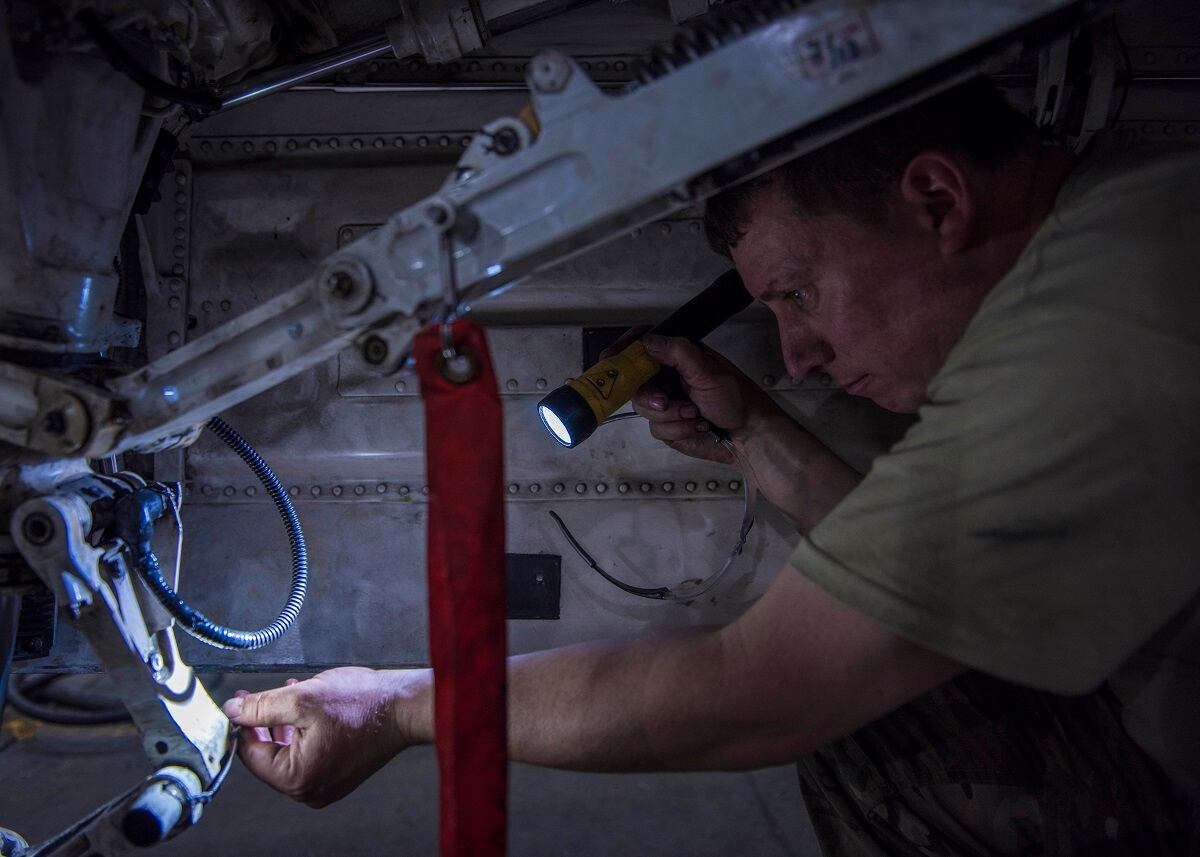
Looking at pilots, too
Goldfein said there are three sides to the Air Force’s strategy for fixing its ongoing pilot shortfall, which has sent alarm bells through the entire service: pilot production; absorbing and experiencing newly produced pilots with a finite number of cockpits; and retaining veteran pilots in which the Air Force has invested years and millions of dollars.
He said the Air Force is seeing progress. The Air Force produced roughly 275 fighter pilots last year, he said, the highest number in the past 15 years.
Officials later said they expect to produce 300 fighter pilots in fiscal 2018.
President Trump’s decision to allow up to 1,000 retired pilots to come back has been helpful, Goldfein said, though that program is still early in the process.
He said he’s pushing to ensure the service is effectively reaching out to and following up with retirees who might be interested in returning to uniform.
RELATED
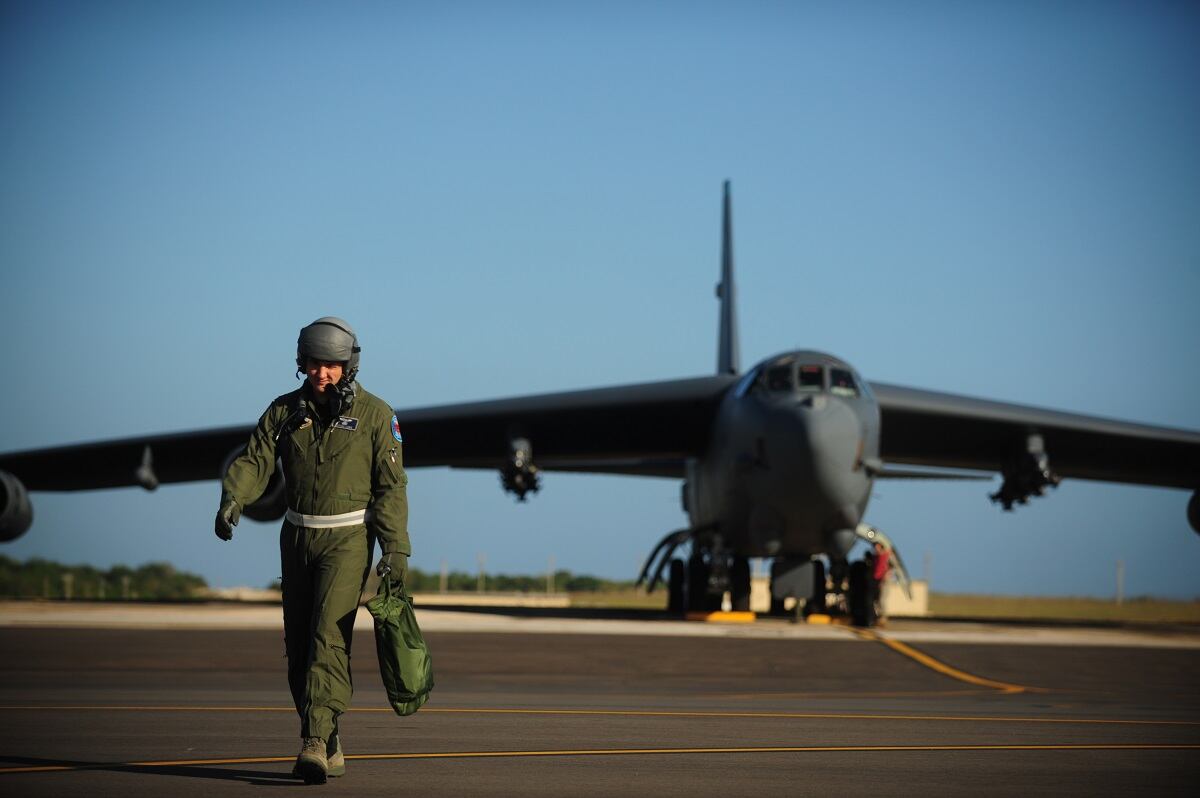
However, he said, the hypoxia-driven T-6 grounding in February — while necessary to ensure pilots’ safety — dealt a blow to pilot production.
One thing that isn’t on the table, however, is any move to allow enlisted airmen to fly manned aircraft, Wright said — at least for now.
“Could I see it in the future?” Wright said. “Certainly. We have some extremely talented enlisted airmen, [such as] the ones that are going through the program to fly the [unmanned RQ-4] Global Hawk.
“We have enlisted airmen that are Guardsmen and reservists who actually fly for commercial airlines on their off time. Certainly, at some point in the future, I could see enlisted airmen flying in cockpits. But right now, it’s not a part of the strategy that we have.”
Stephen Losey is the air warfare reporter for Defense News. He previously covered leadership and personnel issues at Air Force Times, and the Pentagon, special operations and air warfare at Military.com. He has traveled to the Middle East to cover U.S. Air Force operations.





